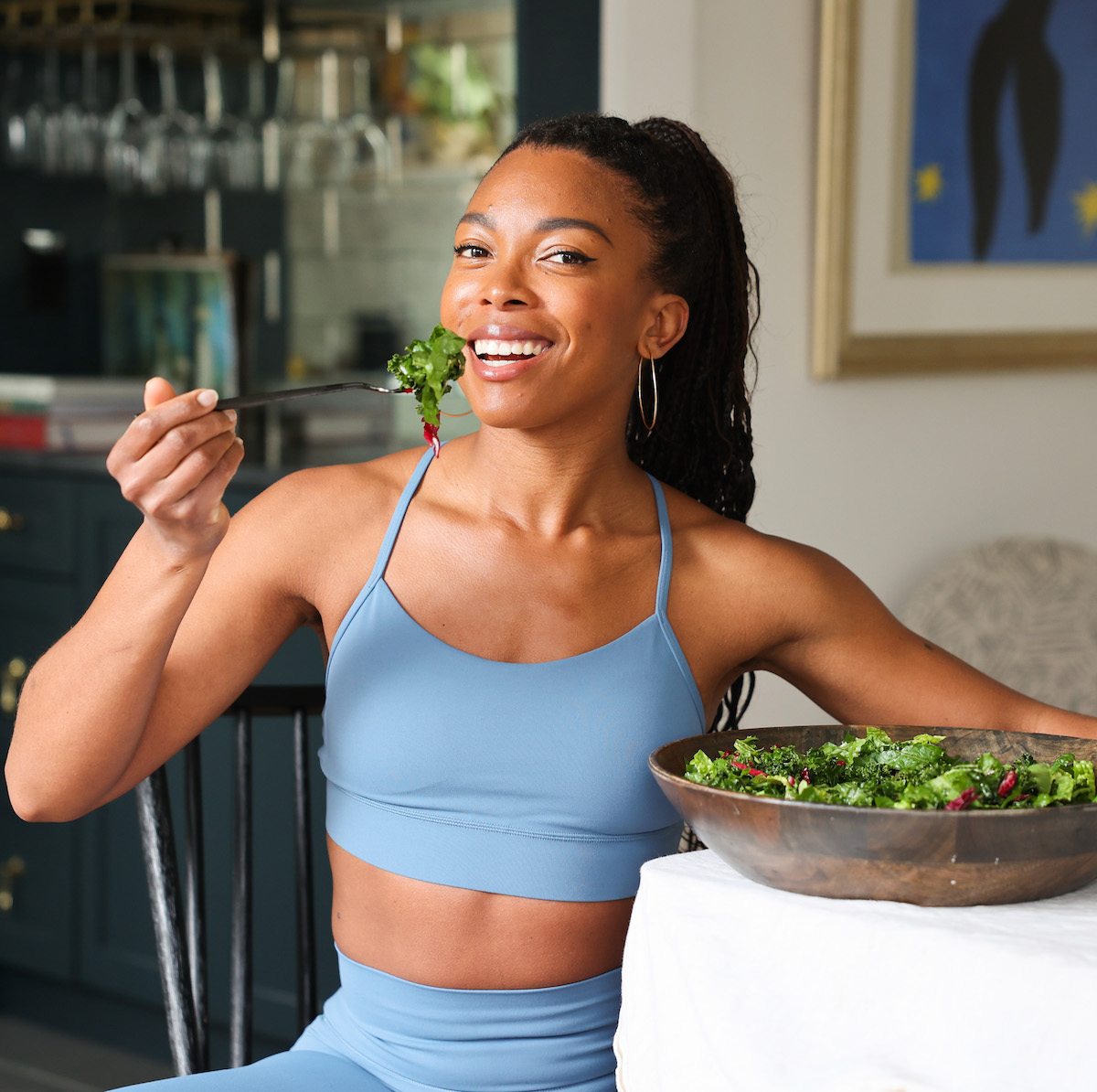When I became vegan in 2011 it was a different world. There were few vegan restaurants, and even fewer products on the shelves at grocery stores. Half of the people I’d speak to would pronounce it “vegin”, and the other half would ask if vegans still ate seafood. And even I didn’t have all of the answers when I decided to commit to this way of living. Before moving to NYC after college, I had only met a handful of vegans; and the restaurant where I worked was the first vegan restaurant I’d ever stepped foot in.
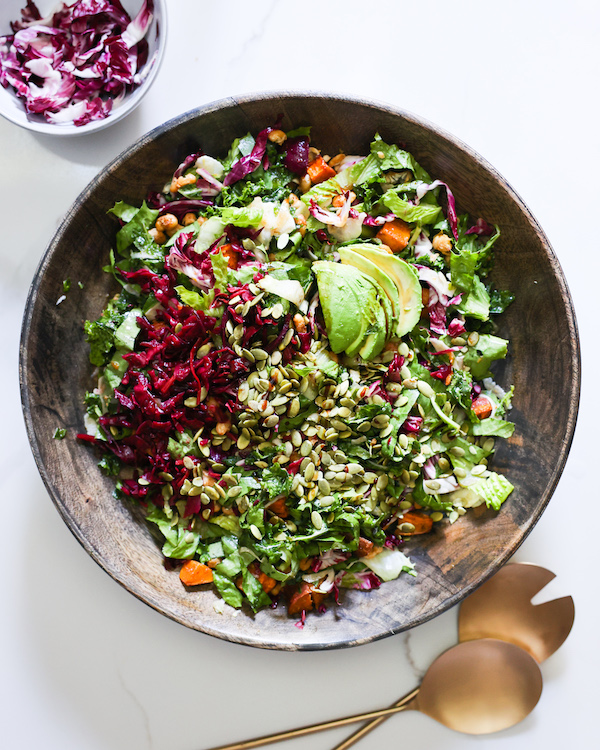
Early in my vegan journey I did a lot of exploring, trying to figure out the best way to be meat free. Was it healthier to be fully raw, did I need to do quarterly cleanses, should I avoid certain food combinations? I experimented to find the answers to each of these questions, and so many more, and what I’ve discovered over my 13 years of being vegan is basic wisdom: eat mostly wholesome minimally processed food and eat enough to feel nourished.
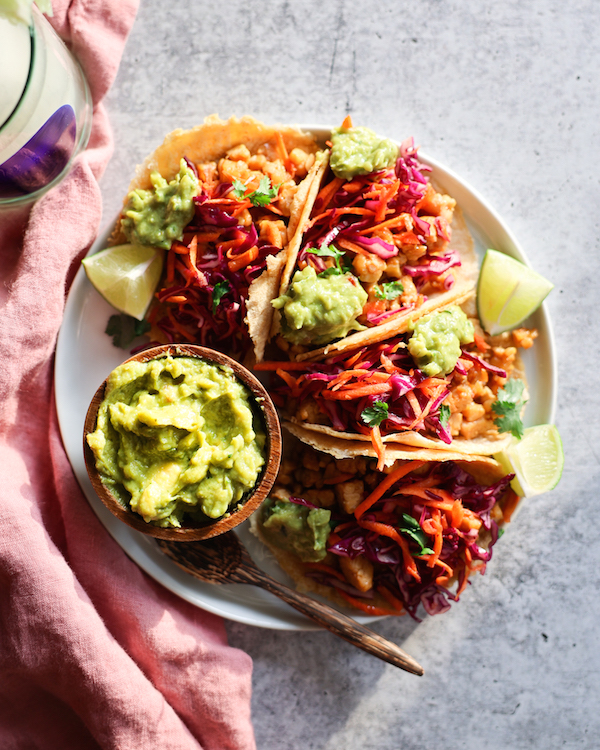
It’s so simple, so why does it feel so difficult sometimes? Social media and the popularization of ultra processed vegan foods has made it terribly confusing for us all. Even I occasionally second guess my choices. Then I remember the food system is a multi-billion dollar business designed to make us all feel like we need to buy stuff to be healthy, happy, and part of the group. So let’s cut all of the BS. From all of my years of experience, here’s the real deal on what I would do if I were going vegan today.
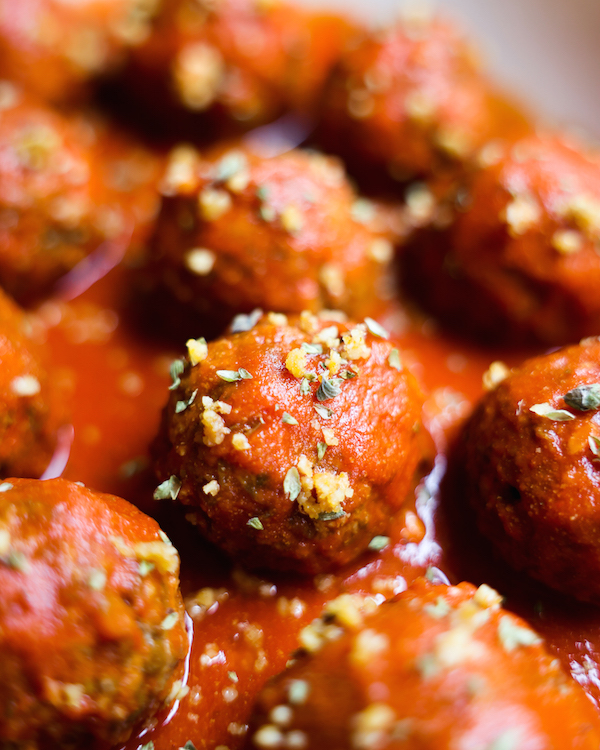
FIND YOUR WHY
For success in any area of life you must be aware of your motivation. Be honest and clear with your reason for wanting to be vegan. You don’t have to share it with the world, it’s just to remind yourself why you started this journey when it gets challenging. And I promise you, the challenge won’t last for long––so be clear on your why so you can find success with ease.
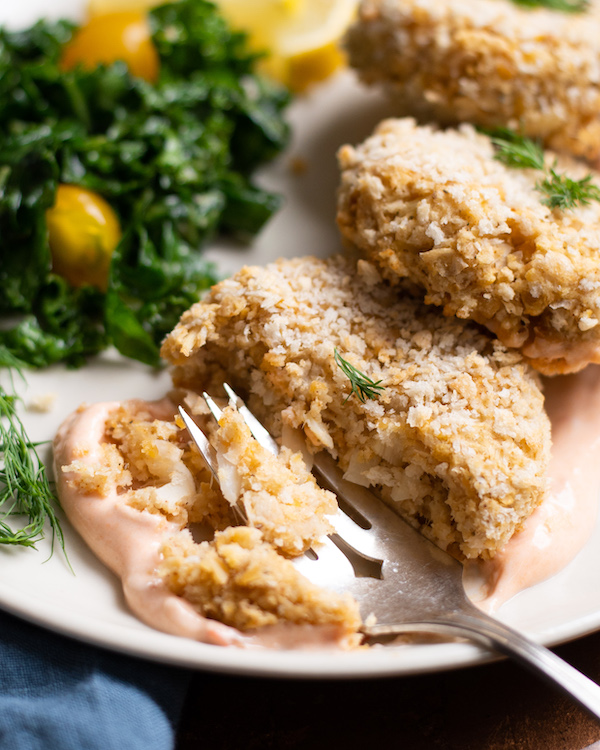
HOW TO TRANSITION TO A VEGAN DIET
One of my favorite ways to for people to transition to a vegan diet is,
- Make a list of all of the foods and meals you are already eating that are vegan. This may include your morning oatmeal and smoothie, or your favorite lentil soup; I’m sure there is something. Keep eating these foods.
- Make another list of foods you regularly eat that can easily be made vegan by making small swaps. For example, chili can be made with tofu, your favorite caesar salad can be made with a dairy-free dressing, or vegetable stock can be used in place of chicken stock in your favorite soup. Make those swaps.
- Find a handful of vegan recipes you’d like to try. Try as many new recipes as you’d like each week.
Which brings me to my next point, meal prep!
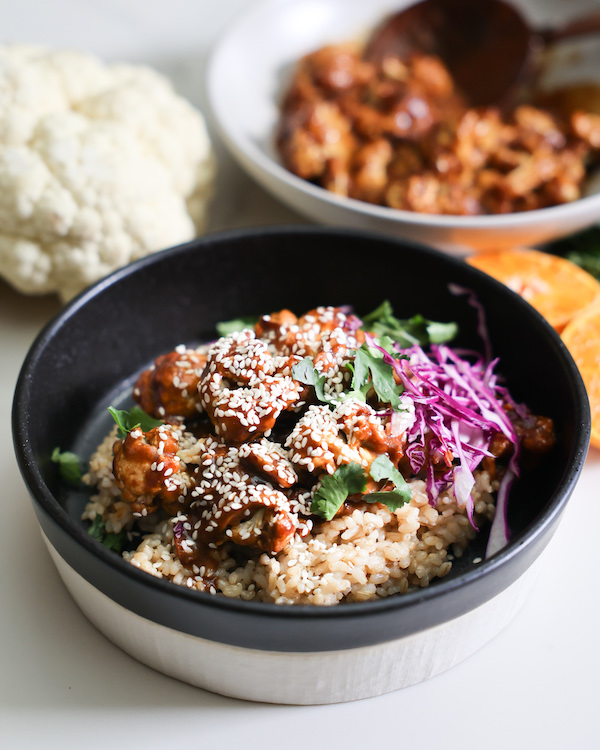
MEAL PLAN & PREP
Whether you are a long time vegan or newbie, meal prep can make life easier. Take an hour to create a list of meals you’d like to eat in the coming week––I have tons of free meal plans on my blog and I send one every week in my newsletter, so you do not have to create your own.
Commit a couple hours once or twice a week to preparing meals for the week. This is especially helpful if you are very busy. If you’re not too busy, you may decide to cook every day. Regardless, a meal plan will help you stay on track with healthy plant-based eating.
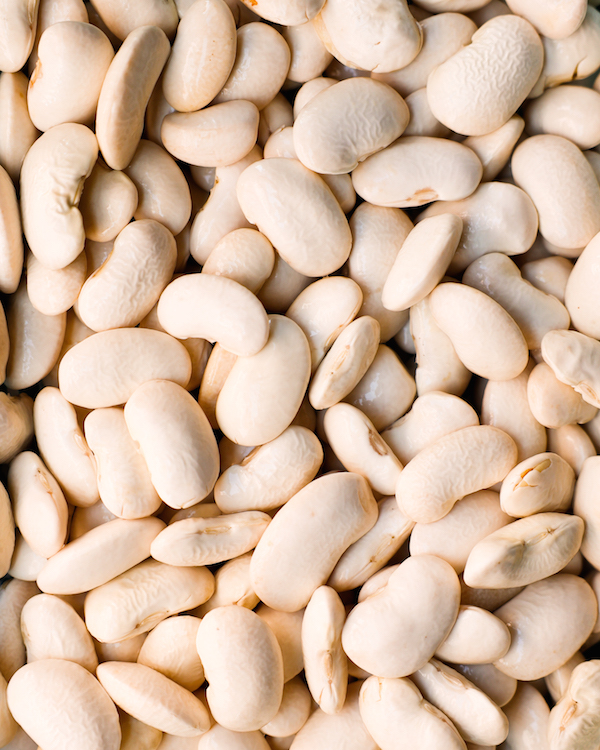
EAT 80/20
At least 80% of the food you eat should be real food. By that I mean wholesome and minimally processed veggies, fruit, whole grains, beans and other legumes, and nuts and seeds. The other 20% of the time you can eat more highly processed foods. I recently heard someone say they think of the nutrition label on food as a warning sign, letting you know that this product likely contains ingredients that are not supportive to your health; like sugar, refined grains, isolates, preservatives, artificial flavors, or refined oils.
I put restaurants in the 20% category because you really have no idea what they’re putting into your food. When possible, cook at home. My blog is full of easy recipes, 15 minute meals, and even 5 ingredient dishes.
If you focus on getting at least 80% of your calories from healthy food, eating well starts to become second nature. Over time you may find that your 80% turns to 90%. That’s when you really start to feel your very best.
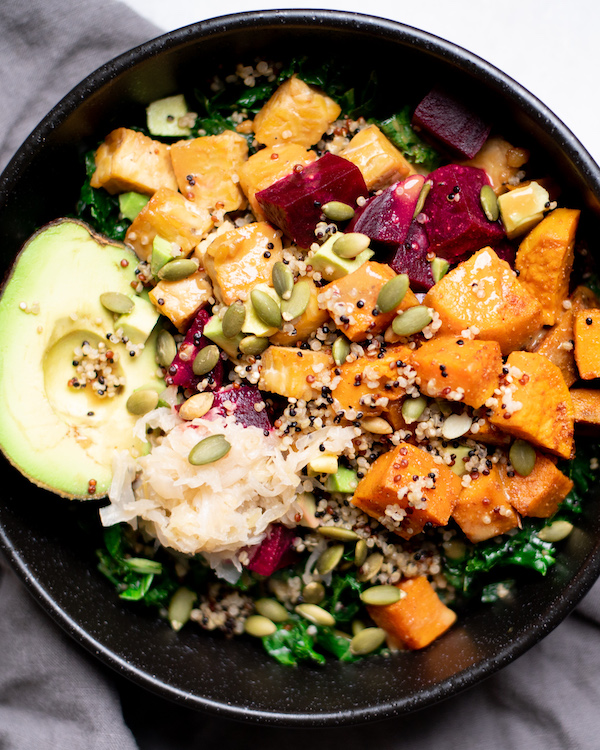
LIMIT VEGAN JUNK
When I became vegan in 2011 we didn’t have to many processed vegan junk foods to choose from. However, even then, I noticed that the patrons of the vegan restaurant where I worked, would often order copious amounts of fried foods and baked goods, then say, “it doesn’t even taste healthy!”. That’s because it wasn’t healthy. Just because something is vegan does not make it healthy. If this is news to you, I am sorry. It’s true. The ingredients that the Standard American Diet as unhealthy as it is are mostly vegan: refined sugars, grains, and oils.
In 2024 we have a million tasty ultra processed vegan foods available at almost every grocery store; but they should all be eaten in moderation. 80/20, y’all.
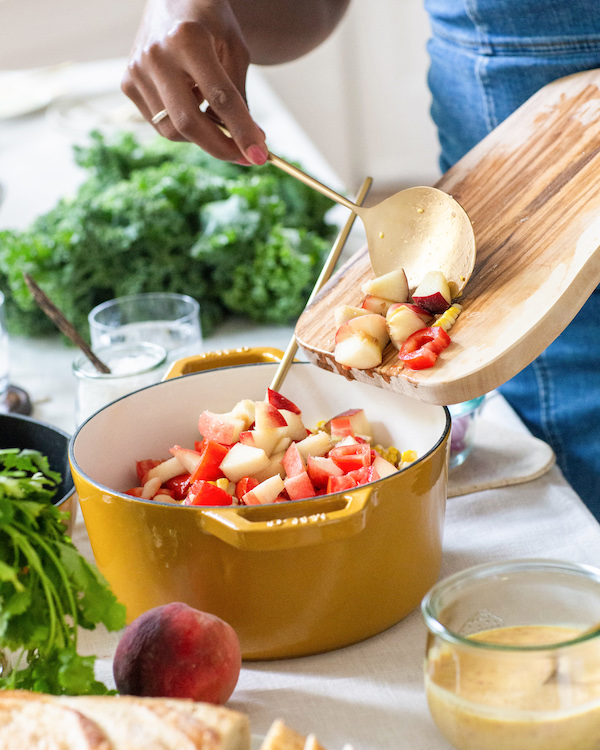
INVEST IN TOOLS TO HELP
If you’re new to cooking, and you want to make your life easier, invest in a few basic tools to help make cooking more efficient and enjoyable. To start, you’ll need a good knife and a good cutting board. Watch this video to see which 10 tools I highly recommend.
I was so poor and frugal when I started cooking. I had a crappy knife, lousy cutting board, and an even worse spatula. I would often get frustrated making the most basic foods because I didn’t have the right tools. Thank God I stuck with it, and eventually upgraded.
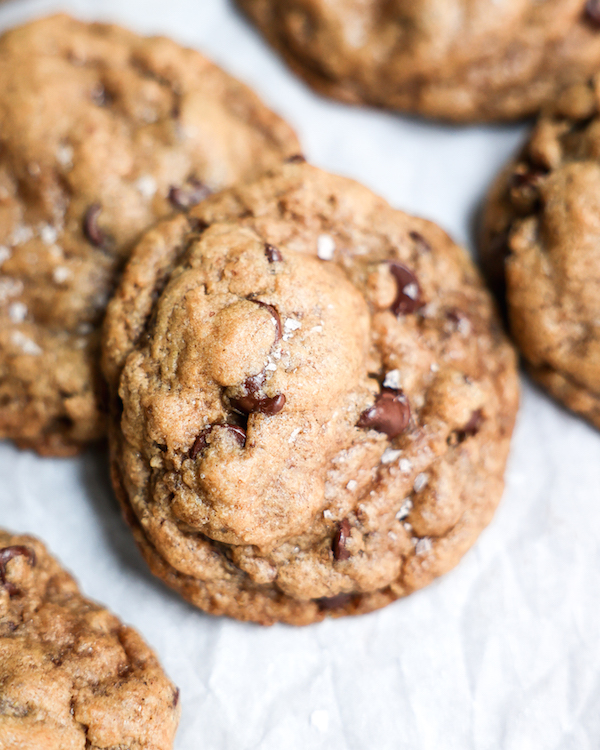
DON’T SWEAT THE SMALL STUFF
On your journey to becoming vegan you may slip up and eat an animal product; and that is ok. Whether by choice or by accident, stuff happens. If you have a strong motivation for being vegan, you can get back on track.
I hope you find Sweet Potato Soul a resource on your journey. Best of luck!
